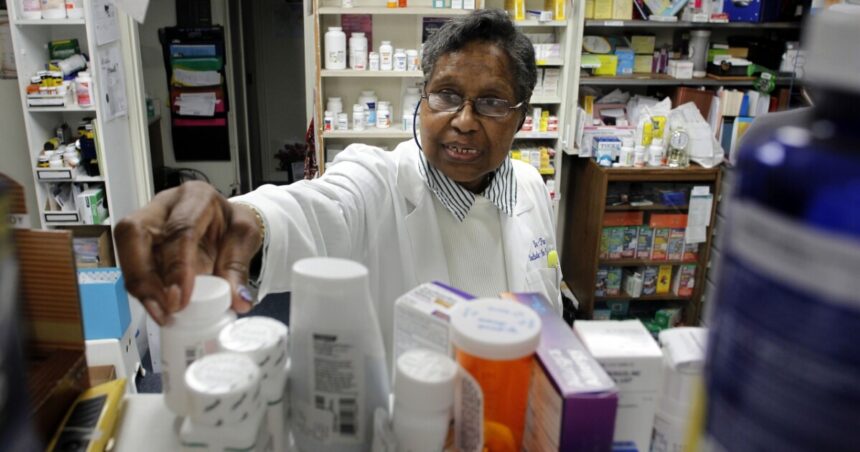The cost of prescription drugs in the U.S. has risen 37% in the last decade, surpassing the rate of inflation and making it difficult for Americans to afford their medications, according to newly released tracking data.
The latest data from GoodRx shows a slowdown in the medication price spikes that have been observed since 2014, with the highest increase being 39% in early 2023. However, the impact is persistent, and many Americans are finding themselves in a financial struggle known as the “Big Pinch.”
GoodRx describes this phenomenon as the current reality for most Americans, who are now responsible for a larger portion of their drug costs due to insurance companies covering fewer prescriptions – including in Medicare plans – and imposing restrictions on common medications that used to be covered.
Prior to 2010, over 70% of medications were covered by insurance and around 25% were subject to restrictions. Now, these numbers are almost equal, with 54% of medications covered and 50% restricted in 2024.
With decreased coverage comes higher out-of-pocket expenses. On average, Americans are spending $16.26 per prescription. 24% of individuals spend over $50 monthly, and 10% spend more than $100.
Related: Florida can import cheaper prescription drugs from Canada, FDA says
These financial burdens are leading Americans to make difficult choices between leaving their prescriptions unfilled or paying additional costs for their medications. GoodRx data indicates that 32% of Americans, or roughly 51 million people, have abandoned prescriptions at the pharmacy due to high prices.
In addition to reduced coverage and increased restrictions, patients are facing higher copays, coinsurance, and deductibles. The average deductible has nearly doubled from $917 in 2014 to $1,644.
“The lack of substantial price decreases, along with declining insurance coverage, has significant implications for patients,” GoodRx states in its report. “Many individuals are feeling the financial strain of paying for medications out of pocket, particularly as insurance plans cover fewer drugs and impose stricter conditions on covered medications. This results in rising out-of-pocket expenses, medication nonadherence, delayed care, poor health, and unequal access to healthcare.”
GoodRx notes that despite efforts by lawmakers and pharmaceutical companies to reduce barriers to medication access, the findings demonstrate that more needs to be done.
Related: White House to propose Medicare prices for 10 popular drugs
On the same day that GoodRx released its data, the U.S. Department of Health and Human Services announced reduced prices for 64 drugs for certain Medicare beneficiaries. This was made possible by President Biden’s Inflation Reduction Plan, which mandates drugmakers to provide rebates to Medicare if their drug prices increase faster than inflation rates.





